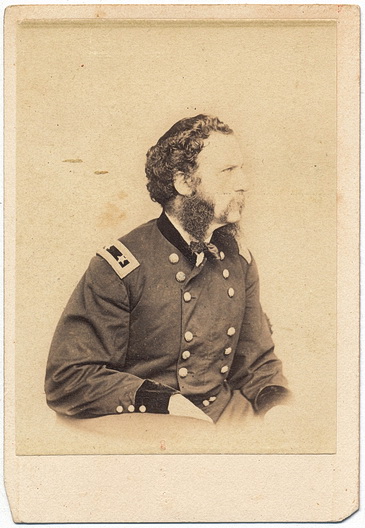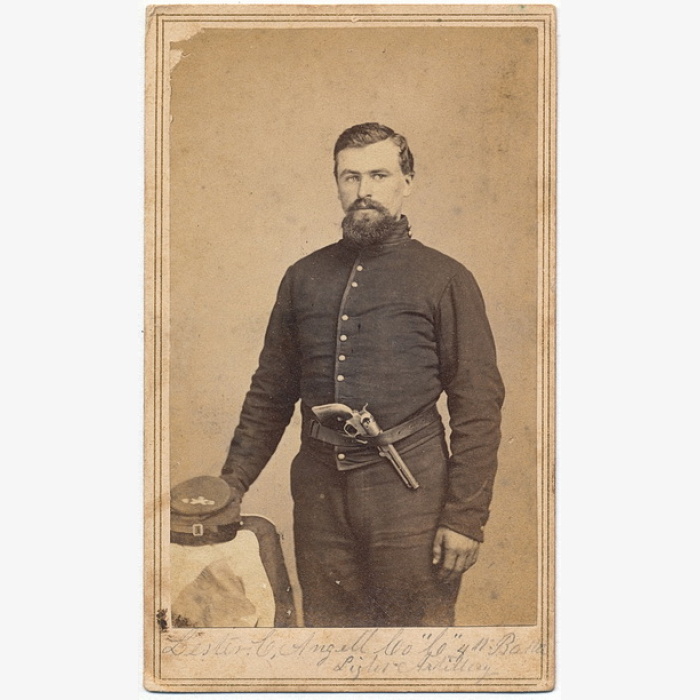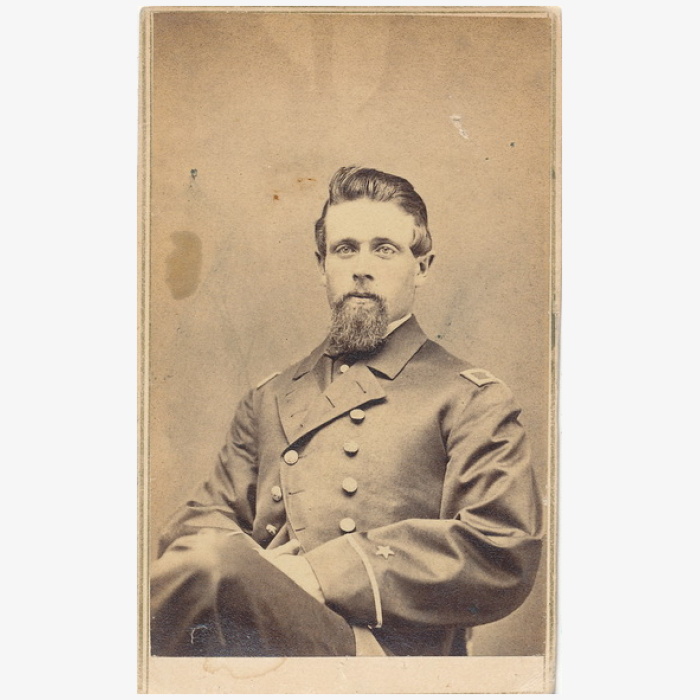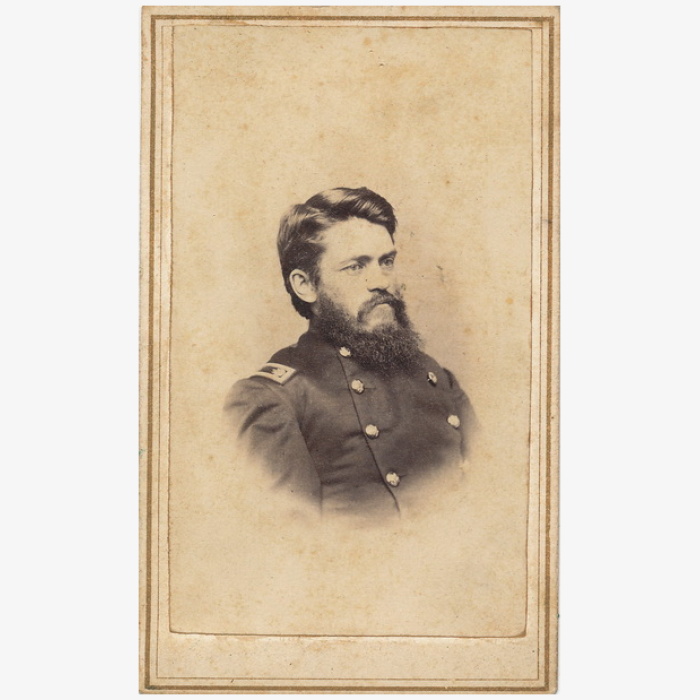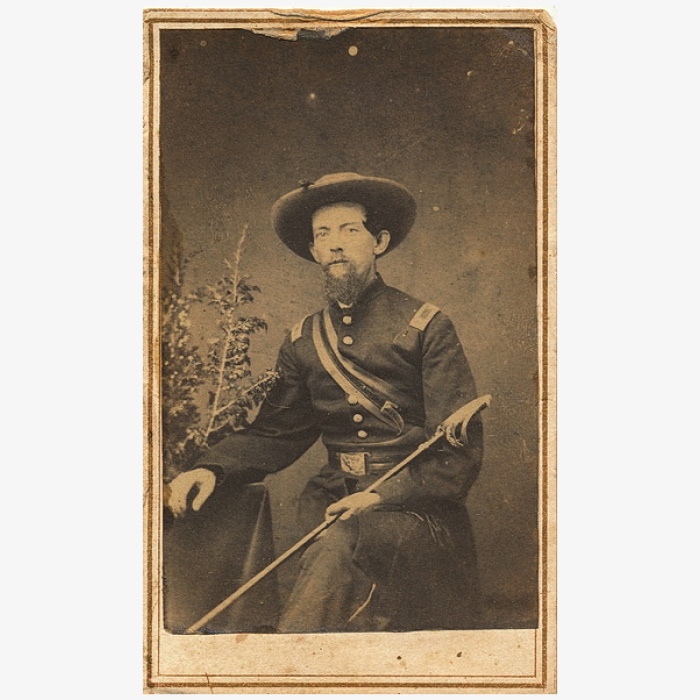Description
Carte view of Gettysburg hero, General Samuel Crawford. Initially, Crawford served as an assistant surgeon to the Federal Army, serving in various posts in the Southwestern territories and the state of Texas. In 1860, he was reassigned to Fort Moultrie at the Charleston Harbor as served as the surgeon for Fort Sumter as Confederates bombarded the fort. Transferring to the infantry after the fall of Fort Sumter, Crawford accepted a commission as the commander of the 13th U.S. Infantry, and by the spring of 1862, he was named a brigadier general of volunteers. He first served in the Shenandoah Campaign against General Stonewall Jackson, and later fought in the battles at Winchester and Cedar Mountain. Placed in charge of a brigade in the Federal Twelfth Corps, it was with them that he fought at the Battle of Antietam, against General John Bell Hood’s Division in the woods that surrounded the famous Cornfield. Crawford, in the thick of the fight, was given command of a division, minutes later, Crawford received a severe wound in the right thigh. Crawford spent the next several months back with his father in Pennsylvania to recuperate from his Antietam wound. When he returned to the army, he was given a promotion as the new division commander of the veteran Pennsylvania Reserves. At Gettysburg, his division drove the Confederates out of “the valley of Death” beside Little Round Top, with Crawford dramatically seizing the colors and leading from the front. Crawford was recognized as “serving with great bravery and valor” at Gettysburg with his fearless division. Wounded again during the Overland Campaign, Crawford was recognized and brevetted for his courage in the battles of The Wilderness, Spotsylvania, the Siege of Petersburg, and Five Forks and achieved the rank of Major General by the end of the war. General Crawford was present at Appomattox, with his Reserves, when General Lee surrendered, likely making him the only military officer who was present at Fort Sumter, Gettysburg, and Appomattox Court House. Following the war, Crawford was instrumental in the preservation of the Gettysburg Battlefield. He purchased the land below Little Round Top, where he and his division had fought, and donated it to battlefield preservation. For a time, he also served on the preservation board, and for a few years as its director. The preservation of the battlefield after the war is due in large part to his efforts. This is a very nice profile view of the general. No back mark on this one and slightly trimmed at the top.
